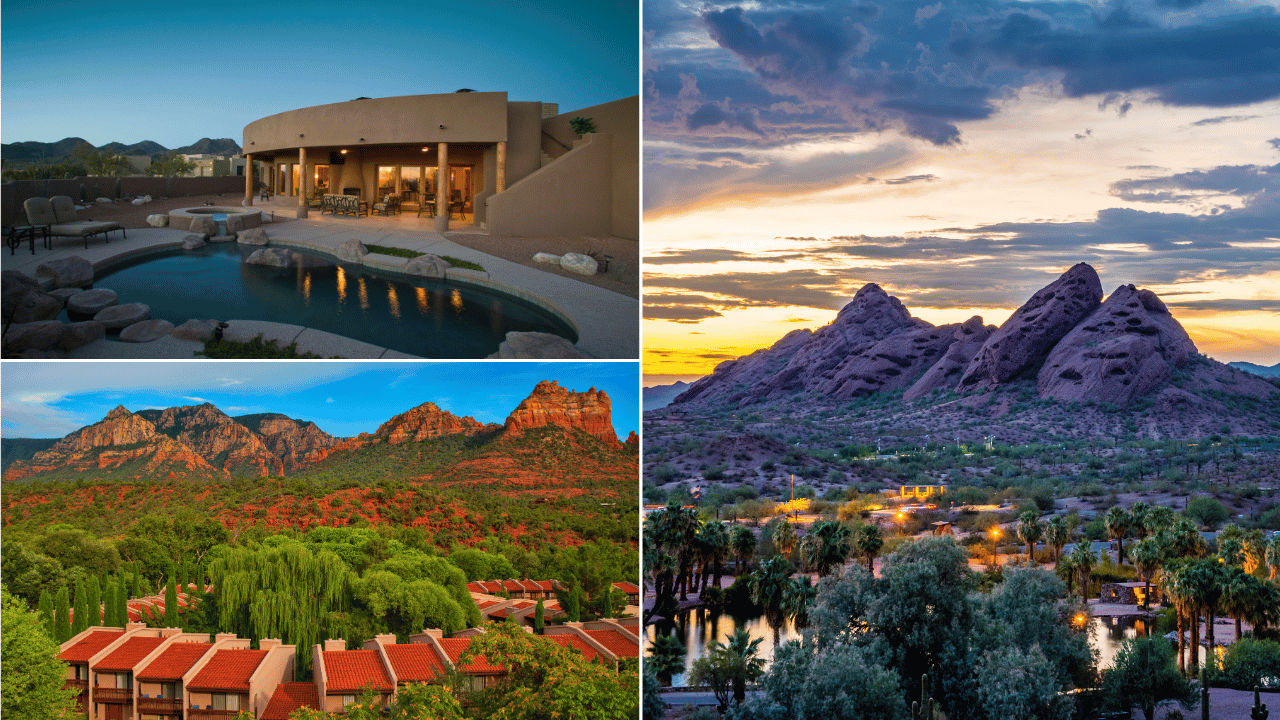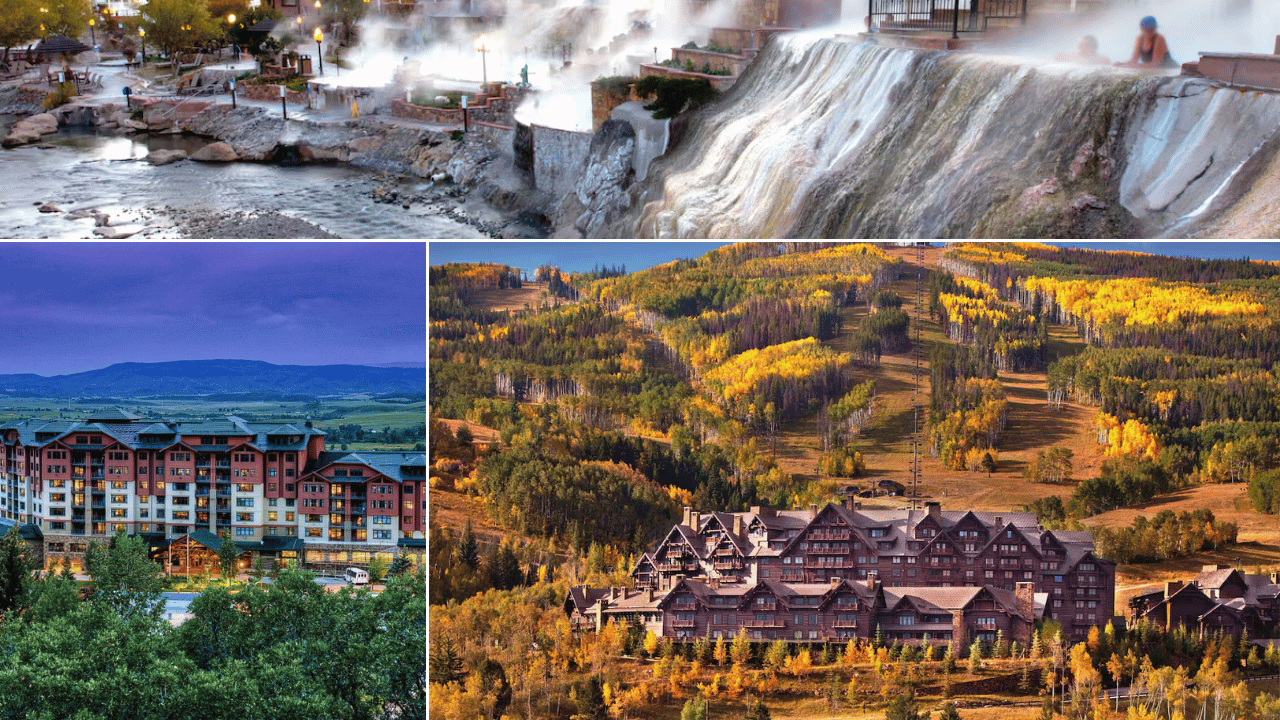Visit Grand Canyon: Adventure & Stunning Views Await!
Visiting the grand canyon can be an amazing experience no matter what time of year you go – but depending on your preference, there may be certain times that work better than others.
If you’ve been visualizing your first trip to one of the most captivating wonders of the natural world, the Grand Canyon National Park should be at the top of your bucket list. Located in AZ, this awe-inspiring adventure destination draws visitors from across the world with its breathtaking views, thrilling activities, and varied experiences. Whether you’re seeking a day hike on the Rim Trail, a wild adventure on a mule ride, or a peaceful moment to take in the sunrise over Mather Point, this guide covers everything you need to plan the perfect trip.
Here’s everything you’ll need to know to discover the Grand Canyon, from the South Rim, North Rim, and West Rim to the Colorado River, Hualapai Tribe, and beyond.
Why Visit the Grand Canyon?
The Grand Canyon isn’t just a natural wonder—it’s a once-in-a-lifetime adventure. Stretching 277 miles in length and over a mile deep, this stunning masterpiece carved by the Colorado River offers captivating views, from towering cliffs to rugged terrain. Each rim offers its own unique charm, whether you’re marveling at the high-desert landscapes of the South Rim, the quieter solitude of the North Rim, or the action-packed attractions of the West Rim.
If you’re looking for an unforgettable vacation full of fun, exploration, and discovery at your own pace, the Grand Canyon has something for everyone, including families with kids.
Reach the Grand Canyon Your Way
Drive Your Own Vehicle
The most flexible way to reach the Grand Canyon is by car. Major entry points, like the South Rim Entrance, are just a few hours’ drive from major cities like Las Vegas. Drive along scenic routes to stop, explore, and soak up the surroundings at your own pace.
Take the Grand Canyon Railway
For a more relaxing and nostalgic way to visit, hop aboard the Grand Canyon Railway, which departs from Williams, AZ and arrives at the canyon’s train station near the South Rim. This ride offers sweeping desert views and even entertainments like a cowboy show reenactment.
The Grand Canyon in Summer
Summertime at the Grand Canyon brings plenty of warm sunshine, making it an ideal time for activities like hiking and biking. Even though there are more tourists during this season, there are also more services available for visitors. In addition, some hotels offer lower rates during summer months compared to peak tourist season.
The downside of visiting during summertime is that temperatures can reach triple digits during certain months; however, most of these months are still comfortable enough for outdoor activities, with moderate temperatures in the mornings and evenings. If you’re lucky enough to catch one of these cooler days during summertime at the Grand Canyon, you’ll have plenty of time to explore its majestic landscape without having to worry about extreme heat.



Choose Your Rim
South Rim
Popular among first-time visitors, the South Rim is the most accessible part of the park and offers iconic views at Mather Point and Desert View Watchtower. Hike signature trails like the Bright Angel Trail, or catch jaw-dropping sunsets after exploring Yavapai Lodge and the visitor center.
North Rim
Seeking fewer crowds? The North Rim offers serenity and isolation at slightly higher elevations. Open seasonally (usually May to October), it boasts cooler temperatures and a pristine high-desert landscape perfect for winter camping, bike rides, and scenic walks.
West Rim
For thrills and modern attractions, the West Rim is the place to be. Home to the Hualapai Tribe, this area features unique experiences like the Glass Bridge (also known as the Skywalk). For adventurous travelers, take on helicopter tours or even raft rides along the Colorado River.
Things to Do and Must-See Spots
Take a Stroll on the Rim Trail
This easy, scenic walk is perfect for visitors of all levels. Spanning 13 miles along the South Rim, the Rim Trail offers spectacular viewpoints without straying far from paved paths.
Explore by Mule or Helicopter
For a one-of-a-kind perspective, try mule trips into the canyon or take to the skies with a helicopter ride. Both options fulfill that thirst for adventure today! If you’re considering mule rides, be sure to make advance reservations, as spots fill up quickly.
Seek Out Iconic Highlights
- Desert View Watchtower: Climb to the top of this historic stone tower for panoramic views.
- Horseshoe Bend: Just outside the National Park, this iconic spot features a stunning, horseshoe-shaped curve of the Colorado River.
- Mather Point: One of the best spots for catching a magical sunrise or sunset over the canyon.
Camp Overnight
Extend your Grand Canyon experience by staying overnight at one of the RV parks or campgrounds. Whether you’re trying a rustic backcountry camping experience or reserving space at Yavapai Lodge, falling asleep under desert skies adds to the unforgettable charm.
Visit Nearby Attractions
Include a detour to places like Hoover Dam or Page, Arizona, for even more stunning adventure. Short hikes, like taking a bike through the high desert, make great additions to your trip itinerary.



Tips for The Perfect Grand Canyon Trip
- Plan Ahead. For popular activities like mule rides, helicopter tours, or staying at the South Rim, book advance reservations wherever possible.
- Pack Smart. Dress in layers, bring lots of water, and wear comfortable shoes, especially if you plan on hiking.
- Allocate Time Wisely. You can explore some areas in just a few hours, but for a full experience, budget at least half a day.
- Travel Seasonally. Winter visits will bring fewer crowds, while warmer months allow for longer days of exploration.



Make Your Grand Canyon Memories
No matter which rim you visit or how you choose to explore it, the Grand Canyon guarantees memories that’ll last a lifetime. Whether you’re strolling along the Rim Trail, standing in awe at Mather Point, or riding the Grand Canyon Railway, every corner offers something remarkable.
Are you ready for your next big adventure? Grab your map, lace up your boots, and head to the Grand Canyon National Park—a treasure of Arizona and wonder of the world.
Happy Travels! 😄





